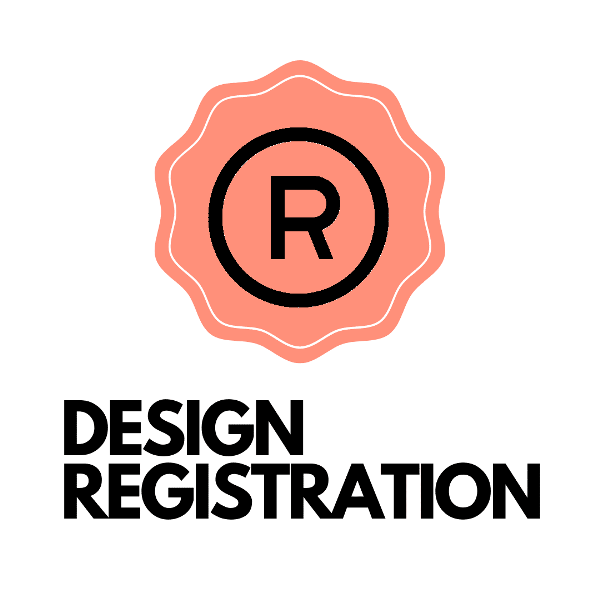
In the dynamic world of intellectual property rights (IPR), design registration plays a pivotal role in safeguarding the creative endeavors of individuals and businesses alike. Whether you are an artist, a designer, or a corporation with innovative products, understanding the nuances of design registration is crucial. In this blog, we will explore the concept of design registration, its significance, and the legal framework surrounding it, with a particular focus on India.
What is Design Registration?
Design registration is a legal process that grants exclusive rights to the creators of unique and original designs for a specified period. These designs can encompass a wide range of products, including industrial designs, ornamental designs, and more. By registering a design, creators ensure that others cannot use, make, import, or sell products with designs that closely resemble their registered design without permission.
What is an Industrial Design?
An industrial design refers to the aesthetic aspects of an article, including its shape, surface, and ornamentation. It can relate to everyday items like furniture, clothing, electronics, or any other object with a unique and original appearance.
Industrial Design Registration Process
For industrial design Registration, one must follow a set procedure that typically includes:
- Search and Analysis: Search to ensure your design is unique and does not infringe upon existing designs.
- Application Filing: Prepare and submit a design application, including detailed drawings or images of the design.
- Examination: The design office reviews the application to ensure it meets the criteria for registration.
- Publication: Once approved, the design is published in a government gazette or database.
- Protection Period: Design protection is usually granted for a specified period, often 10 to 15 years, renewable in some jurisdictions.
The Significance of Industrial Design Registration
- Protection: One of the primary reasons for design registration is to protect the visual aspects of a product, ensuring that competitors cannot replicate or imitate your design. This is crucial for businesses that invest time and resources in creating innovative and aesthetically pleasing products.
- Competitive Advantage: Registered designs can provide a competitive edge in the market. Consumers often associate unique and attractive designs with quality and innovation. Having exclusive rights to your design can enhance your brand’s reputation and market positioning.
- Financial Benefits: Registered designs can be valuable assets, allowing you to license or sell them to others. Additionally, they can increase the overall valuation of your business.
The Legal Framework: Registered Designs Act
In India, the legal framework for design registration is governed by the Registered Designs Act, of 2000. This Act outlines the process, rights, and enforcement mechanisms related to design registration. Here’s a simplified overview of the key aspects:
- Eligibility: Any person claiming to be the proprietor of a new and original design may apply for registration. The design must not have been previously published or used in any public domain.
- Application Process: To register a design in India, one must apply with the Controller General of Patents, Designs, and Trademarks. The application should include representations or drawings of the design, along with the prescribed fee.
- Examination: After filing, the application undergoes examination to ensure it complies with the Act’s requirements. This includes assessing the novelty and originality of the design.
- Registration: Upon successful examination, the design is registered, and the owner gains exclusive rights to it for ten years, extendable to fifteen years with renewal.
- Infringement: If someone uses, manufactures, or sells a product with a design similar to the registered design, it may be considered an infringement of design rights, subject to legal action.
Design Registration in India
The importance of design registration in India has grown significantly in recent years. The country has witnessed a surge in innovation and creativity across various industries. Whether it’s in the field of fashion, consumer electronics, automotive, or product design, protecting intellectual property through design registration is a smart business strategy.
Key Points to Consider for Design Registration in India:
- Timeliness: File your design registration application as early as possible. The first-to-file principle applies, meaning the first applicant to submit a valid application gets priority.
- Comprehensive Search: Before applying, conduct a thorough search to ensure your design is truly unique and hasn’t been registered by someone else.
- Professional Assistance: Consider seeking legal advice or consulting a professional to navigate the complexities of design registration.
- Maintenance: Keep track of renewal dates and renew your design registration when necessary to maintain your rights.
Conclusion
Design registration is not just a legal requirement; it’s a strategic move that can bolster your business, protect your creativity, and establish a competitive edge in the market. The Registered Designs Act in India provides a robust framework for securing your design rights and understanding and utilizing this framework is essential for creators and businesses in the country. So, if you have a unique and original design, don’t hesitate to explore the world of design registration and safeguard your creative endeavors.
